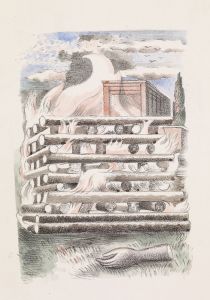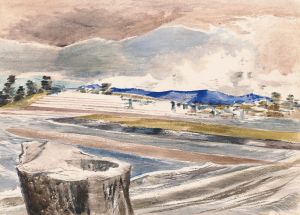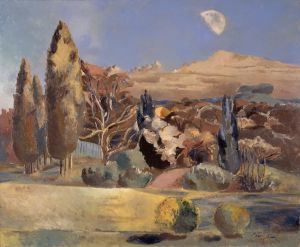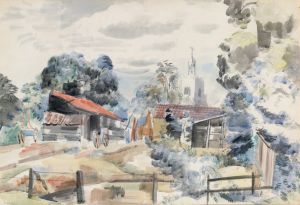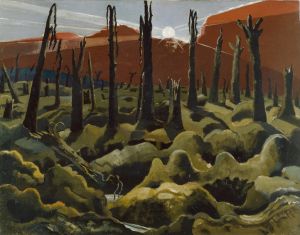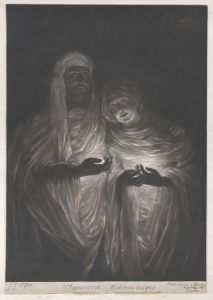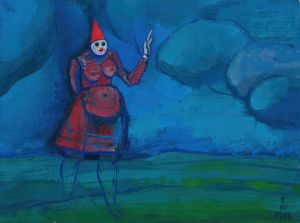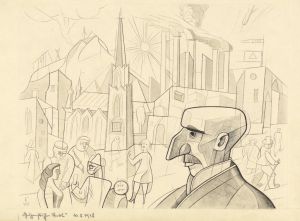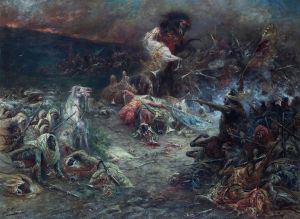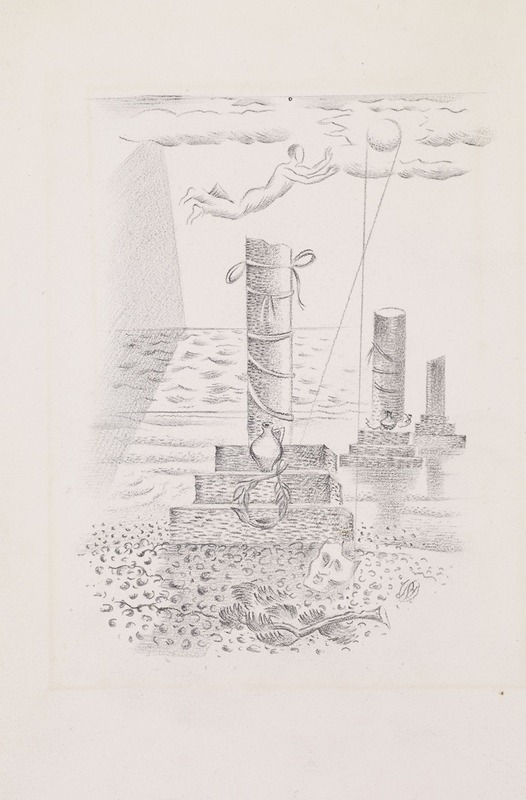
Sorrow
A hand-painted replica of Paul Nash’s masterpiece Sorrow, meticulously crafted by professional artists to capture the true essence of the original. Each piece is created with museum-quality canvas and rare mineral pigments, carefully painted by experienced artists with delicate brushstrokes and rich, layered colors to perfectly recreate the texture of the original artwork. Unlike machine-printed reproductions, this hand-painted version brings the painting to life, infused with the artist’s emotions and skill in every stroke. Whether for personal collection or home decoration, it instantly elevates the artistic atmosphere of any space.
Paul Nash's painting Sorrow is a work by the renowned British artist and war painter, Paul Nash (1889–1946). Nash is widely recognized for his contributions to modernist art and his evocative depictions of landscapes, particularly those shaped by the devastation of war. However, specific details about the painting Sorrow are scarce, and it is not among his most widely documented works.
Paul Nash's career spanned several significant periods in British art history, and his work often reflected his personal experiences and the broader cultural and historical contexts of his time. He served as an official war artist during both World War I and World War II, creating some of the most iconic and haunting images of war-torn landscapes. His style evolved over the years, incorporating elements of surrealism, symbolism, and abstraction, while maintaining a deep connection to the natural world and the emotional resonance of place.
If Sorrow is indeed a painting by Nash, it may reflect his characteristic approach to exploring themes of loss, destruction, and the passage of time. These themes were central to much of his work, particularly in the aftermath of World War I, which had a profound impact on him both personally and artistically. Nash's paintings often convey a sense of melancholy and introspection, qualities that align with the title Sorrow.
Unfortunately, due to the lack of specific references or detailed documentation about this particular painting, further information cannot be provided. It is possible that Sorrow is a lesser-known or less frequently exhibited work, or that it has not been extensively studied or cataloged in the existing literature on Paul Nash.
For more comprehensive information about Paul Nash and his body of work, including his major paintings such as We Are Making a New World (1918) and Totes Meer (Dead Sea) (1940–41), consulting authoritative art history sources or museum collections that house his works is recommended.





